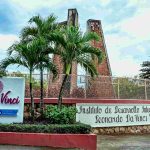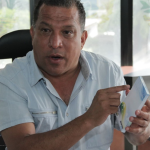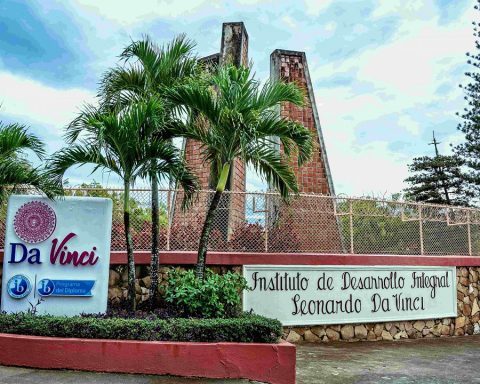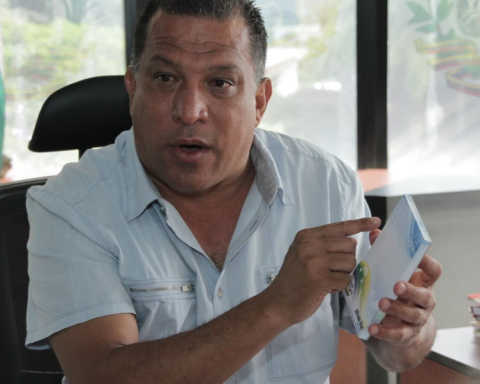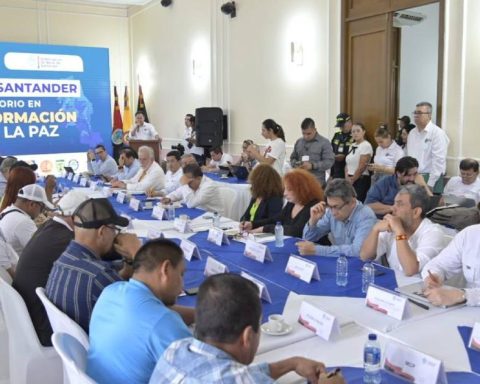Since Wednesday, April 18, five years ago, the Matagalpa citizenry, made up of people from all walks of life in the city: students, professionals, peasants, workers, housewives, businessmen, and even high school students, rose up in protests. against the regime of Daniel Ortega and Rosario Murillo.
These protests, first there were quick sit-ins in the afternoon and evening in front of the building of the Nicaraguan Institute of Social Security (INSS), days later they became mass marches and a few days later, the city was paralyzed and closed with roadblocks and barricades. But the dictator and his wife would collect in blood, the right of citizens to demand their removal from power.
These expressions of protest were attacked with excessive violence by policemen and civilian fanatics, as well as members of the Army, both active and retired. The Ortega regime armed its supporters against civilians and ordered coercive legal forces to shoot. The result: more than 350 deaths throughout the country.
Related news: Ortega left 18 religious “stateless”, most of them from the Diocese of Matagalpa
In this city, as in the whole country, people documented the atrocities that Ortega and Murillo ordered to be committed. They recorded the paramilitaries. In the videos, they are seen moving around in State vans, armed, each one with all kinds of war equipment and with a single objective: to kill. It was necessary to “go with everything” against the uprisings, according to the order given by Rosario Murillo, the same one that every day speaks of God and love in her midday addresses through the media directed by her children.
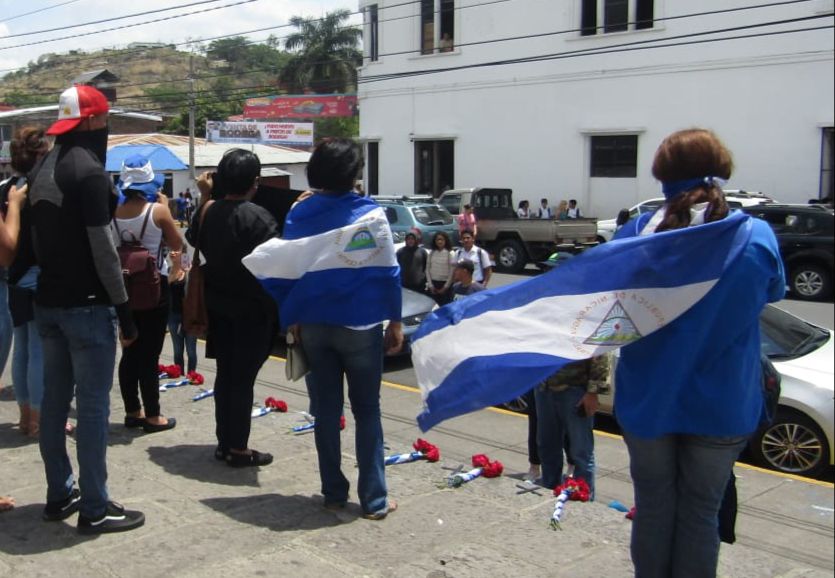
marches and countermarches
The people of Matagalpa, especially students from public and private universities, called for themselves, first on social networks, to meet spontaneously in the atrium of the Cathedral Church and protest.
For several hours they were banging pots and waving the national flag in the middle of the street, inviting the population to join the protests, chanting slogans of no more indifference. At night, they went to the police station where they sang the National Anthem and invited the Police not to be tempted to repress.
But they did the opposite, the peaceful protests were repressed with disproportionate violence that caused injuries, deaths, kidnappings and imprisonments. On Saturday, April 21, 2018, the city was on fire.
In the morning of that day, a government counter-march was held in support of the dictator, which passed without violent events. The Police even gave them protection during the tour. The opponents waited for the end of that activity, to call themselves at dusk.
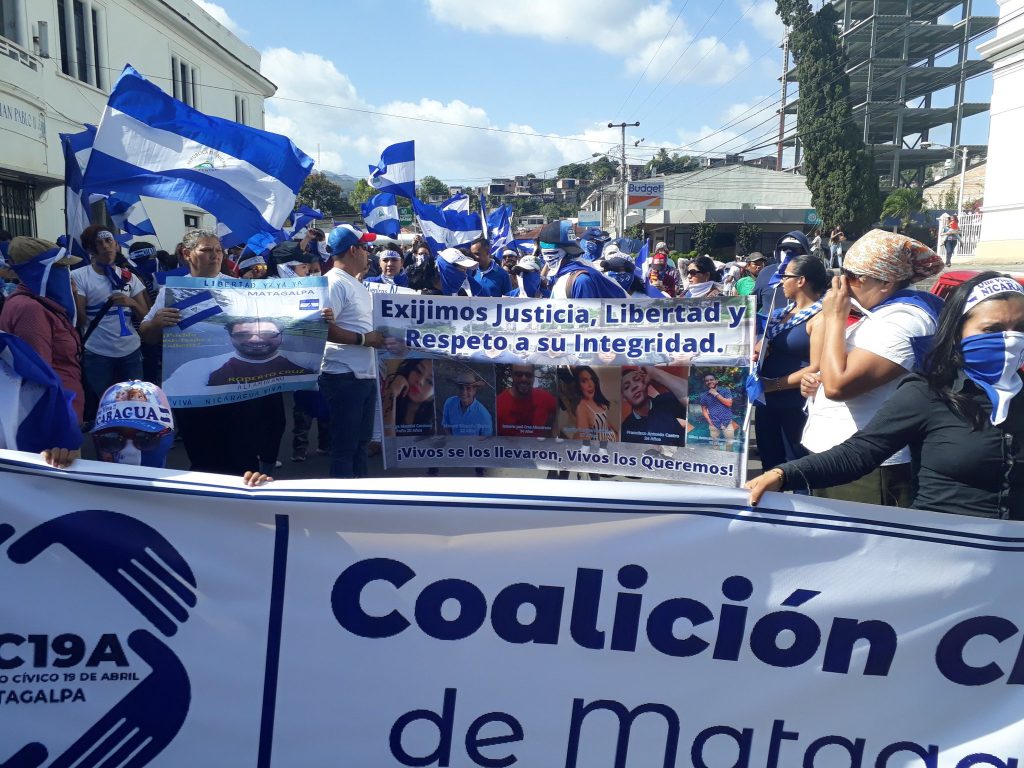
When “the head” of the march with blue and white flags arrived at the Cathedral, a part of it was attacked by the shock groups of the Ortega party, from various corners of Darío Park.
Attacks from the State
Among the attackers, officials of the judiciary were identified as the then substitute judge of San Ramón, Otoniel Arauzthe municipal delegate of the Ministry of Education (Mined), Jorge Praviathe Governor’s delegate Francis Perez and other notorious Sandinistas such as Isaac Jaenfather and son; Francisco Guzmanformer leader of Juventud Sandinista, all headed by the mayor Sadrach Zeledon and the political secretary Peter Haslam.
The demonstrators were attacked with high caliber firearms. The automatic weapon of the submachine gun type, Skorpion VZ-61, a weapon of war carried by Judge Otoniel Aráuz, whom the protesters managed to catch in the act of attempted murder while trying to escape from the place and with a bloody face, is recalled. as has been recorded in videos that circulated on social networks.
That day, Otoniel Arauz was one of the logistics managers of the pro-government groups, according to testimonies from the victims, offered to human rights organizations.
In the case of the Mined official, Jorge Pravia, who was associated with Judge Arauz and the rest of the attacking group, he managed to escape from the place, but before that he had already thrown several dozen stones, kicked and shouted at several protesters in the northwest corner of the park. Darío, as seen in other videos on social networks.
Repression of April 22 and 23
The government’s repressive actions against the Police and the regime’s fanatics, many employees of the institution of public order, the Army and the shock groups of the Sandinista Front, continued on Sunday, Monday and Tuesday. With each passing day, more blood flowed, the pain of the families increased. The country went from gray to national mourning.
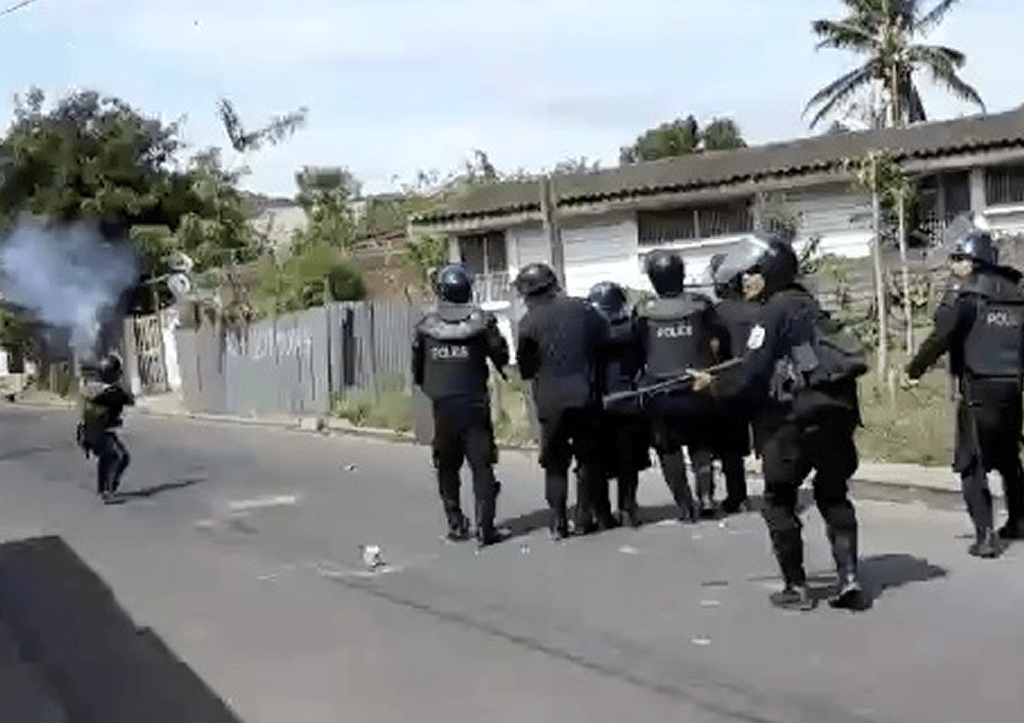
On April 22, from the morning, the demonstrators were attacked with firearms. It was a Police exceeded in the use of force. He caused blood to flow on the Matagalpa ring road, from the exit to Managua, to the police station or entrance to UNAN, in a distance of one kilometer.
unpublished videos
Several network videos show how the riot police arrive by surprise at the corner of the Las Praderas restaurant, where a group of unarmed protesters were holding a peaceful sit-in with slogans and songs, and are attacked with direct shots.
The demonstrators decided to retreat to the southern zone to escape the shooting, although other groups decided to confront the armored repressors with stones. The next day, on April 23, the police attempted a new attack, the protesters in greater numbers and with the same improvised weapons: stones, metal sheets and their courage, resisted as long as they could.
But the police and the fanatics used weapons of war. That day, there were close to 50 people injured, many of them seriously, who were treated in private homes and at the health center in the Francisco Moreno neighborhood number 3. A nurse first refused to do her duty, but under threats from the protesters, she agreed to treat them.
On that occasion, the presence of some Catholic priests from the Diocese of Matagalpa was necessary, such as Father Oscar Escoto, Sadiel Eugarrios, Ramiro Tijerino, seminarians, among others, who tried to mediate and managed to silence the weapons with prayers and requests. Later, everything would get out of control with “the cleanup operation”, Ortega and Murillo handed down a death sentence against the rebels. The police and paramilitaries executed them.
By United Voices







